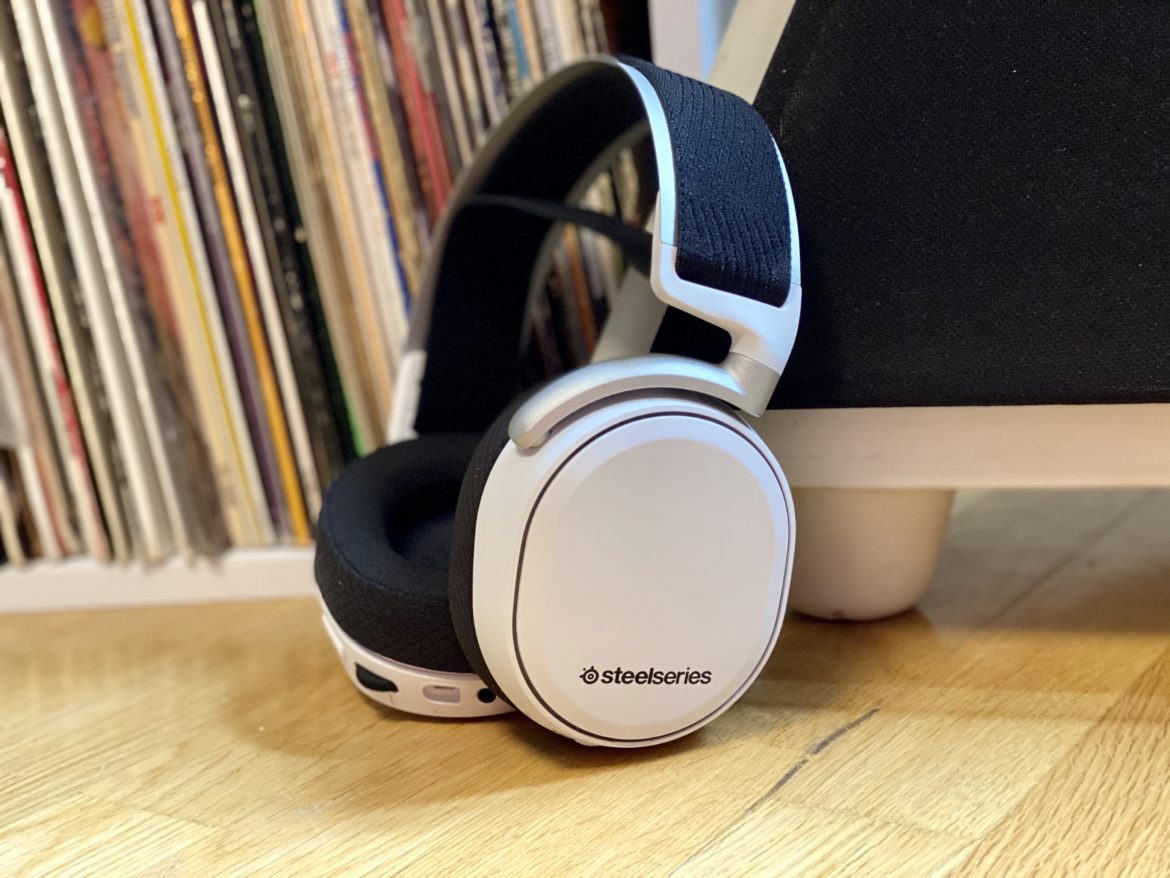TL;DR
Looking for a top-tier wireless gaming headset for PS4 and PC? The SteelSeries Arctis Pro Wireless boasts a premium unboxing, comfortable design, and versatile dual wireless (2.4GHz and Bluetooth) connectivity. It offers impressive, open sound with great spatial audio, making it ideal for immersive gaming and music. While it lacks Hi-Res audio over wireless, the lossless 2.4GHz transmission provides excellent uncompressed sound. It competes directly with the Astro A50, offering a cleaner audio profile and a more refined look, though the A50 has a slight edge in battery life and material premiumness. Is it the ultimate headset for demanding gamers? Dive into the full review to find out!
The unboxing experience for the SteelSeries Arctis Pro Wireless – the wireless iteration of the company’s Arctis Pro, featuring several key distinctions detailed below – immediately showcases a meticulously designed package. The organized arrangement of components, including the headset, extra batteries, and various cables, is noteworthy. Initial setup might involve some consideration regarding connectivity to your PC or PlayStation 4, the two primary platforms supported wirelessly. (Wired connectivity extends compatibility to any device with a 3.5″ output.) In this review, we assess its performance against the Logitech Astro A50 to determine its position as a top wireless choice for PS4 and PC users.
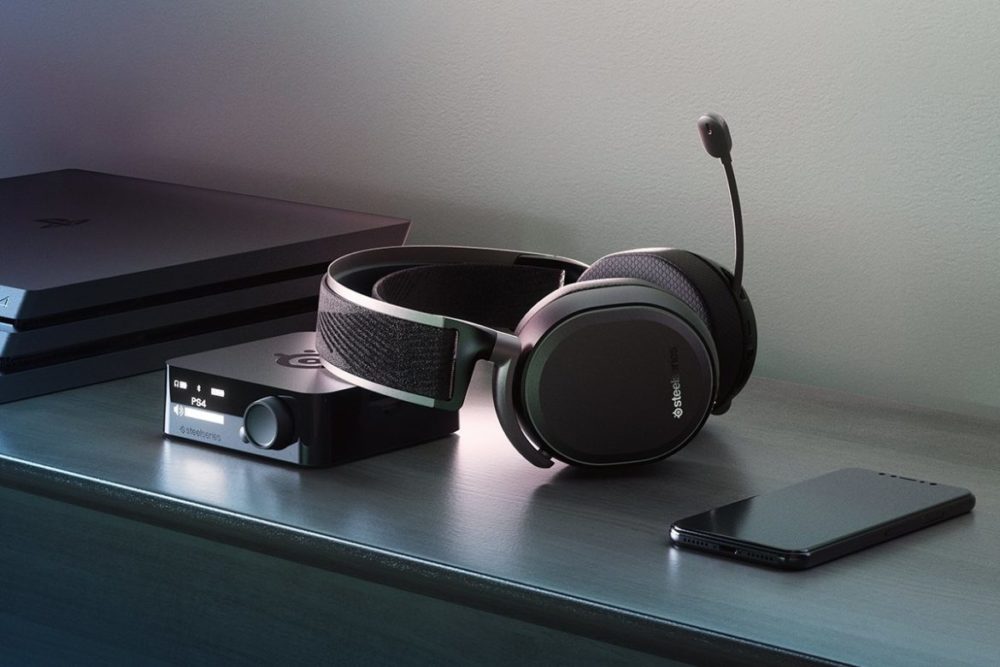
Wireless Freedom – with Accessories
At the core of the Arctis Pro Wireless is the DAC, which also functions as the wireless transmitter. The front panel features a clear OLED display indicating battery charge and providing access to integrated functions, including EQ and mixing controls. These adjustments can be made independently of software. Wireless connectivity, however, requires a number of cable connections. A USB cable connects the unit to your PC or PS4, and the transmitter includes a dedicated compartment for charging the spare battery included with the headset. This design ensures minimal interruption during battery swaps. This functionality requires the DAC to be connected to a power outlet via a separate USB cable and charger (not included). For surround sound and chat mix on PS4, an optical TOSLINK cable is also necessary. This legacy system, a limitation of the PlayStation’s architecture, relies on a somewhat outdated approach with inherent restrictions in supported audio formats. Notably, modern features like Atmos are not supported via optical connections. We anticipate the arrival of next-gen consoles and the Playstation 5 in the near future, and SteelSeries is developing compatible headsets, which we will cover in subsequent reviews.
A recurring question from our readers concerns the support for Hi-Res Audio over wireless, a feature offered by the wired Arctis Pro. The Arctis Pro Wireless transmits via 2.4 GHz, limiting the maximum sampling rate to 48 kHz. However, the audio transmission remains lossless, providing the highest possible uncompressed wireless sound quality. Users prioritizing absolute audio fidelity should consider the wired version, connected via the DAC as an external sound card rather than directly to the controller.
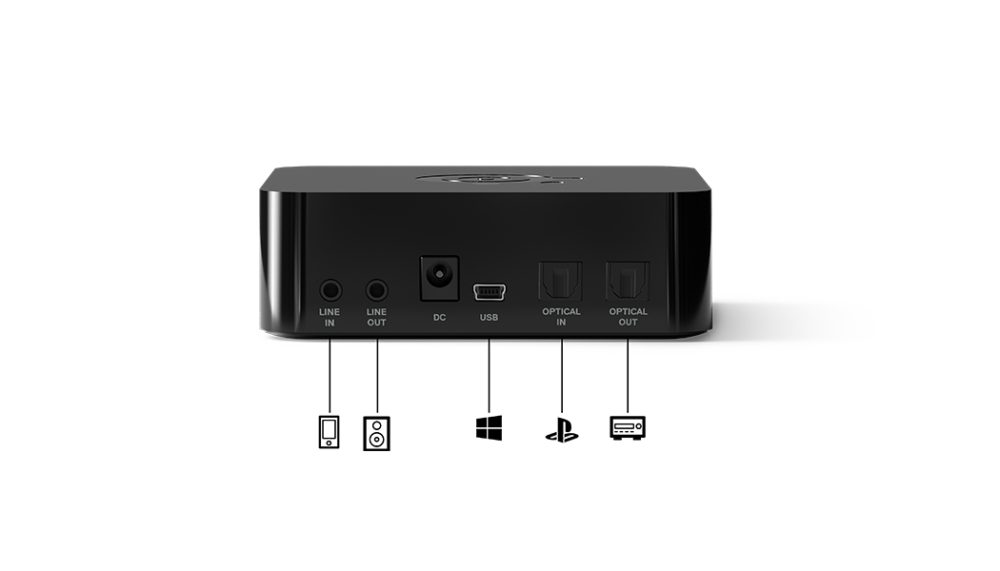
The package includes all necessary cables, a concise manual, and a detachable pop filter for the microphone. The inclusion of a USB charger would have completed the package. Even without one (most users likely have a spare from a phone or tablet), the bundle remains among the most comprehensive we’ve encountered.
Design
The Arctis Pro Wireless adheres to the design language of the SteelSeries Arctis series. This incorporates primarily plastic construction with a comfortable ski goggle suspension headband, similar to the Arctis 7. The earcup comfort and a slightly firmer fit are improved compared to the Arctis 5 and 7, which could become somewhat loose over time. The right earcup on the Pro Wireless features a magnetic outer cover for easy battery swapping between sessions (two batteries included). The headphones can be charged via micro-USB cable or by charging the spare battery within the DAC transmitter. Preference between this system and a charging dock, as seen with the Astro A50, is subjective. The dock may offer a more intuitive storage solution after use, while the included extra battery provides extended play. Each battery offers approximately 10 hours of playtime, totaling 20 hours, which is slightly less per charge than the Astro A50 (15 hours) but offers a greater total runtime. This should be sufficient for most gamers playing sessions under 10 hours.
Available in white and black, the Arctis Pro Wireless presents a stylish and refined aesthetic despite its plastic construction, which we find more appealing than the somewhat bulky A50. However, the A50 utilizes more premium materials and details. Comfort during extended gaming sessions (over three hours) is marginally better with the A50, although this is subjective and depends on individual ear shape.

The Technology in Arctis Wireless Pro
The headset utilizes both a 2.4 GHz signal for low latency and Bluetooth connectivity (switchable via a button) for broad compatibility. The 2.4 GHz transmitter is limited to PS4 and PC, while Bluetooth enables connection to tablets, mobile devices, and, as a last resort, a 3.5mm analog cable provides connectivity to other devices.
The drivers are 40mm neodymium, common in gaming headsets, with a specified range of 10-40,000 Hz, 102 dB SPL sensitivity, and 32 Ohm impedance. The frequency range of headphones and speakers is a debated topic, as the human ear perceives only a portion of this range (20-20,000 Hz at peak hearing ability, which diminishes with age). However, some argue that drivers designed for a wider frequency range offer superior sound due to higher quality components and wider sensitivity. Even if imperceptible, these characteristics may be measurable in controlled lab environments. Analogously, an oversized car engine with significant horsepower provides a more responsive driving experience, even if its full potential is never realized.
SteelSeries has nearly doubled the theoretical frequency range compared to the Astro A50 (20-20,000 Hz) while maintaining a lower impedance of 32 Ohms (compared to the competitor’s 48 Ohms). Lower impedance improves compatibility with devices offering lower output power (e.g., mobile devices), a logical choice given the Bluetooth support. Higher impedance can theoretically yield superior sound quality when paired with a robust amplifier or DAC capable of driving the headphones to their full potential. This presents a trade-off for audiophiles, although the practical impact on wireless gaming is minimal.
The retractable microphone, standard on Arctis headsets, illuminates red when muted. A included pop filter further enhances performance. Bidirectional noise reduction provides effective voice capture for online gaming, though it does not replace a dedicated microphone.
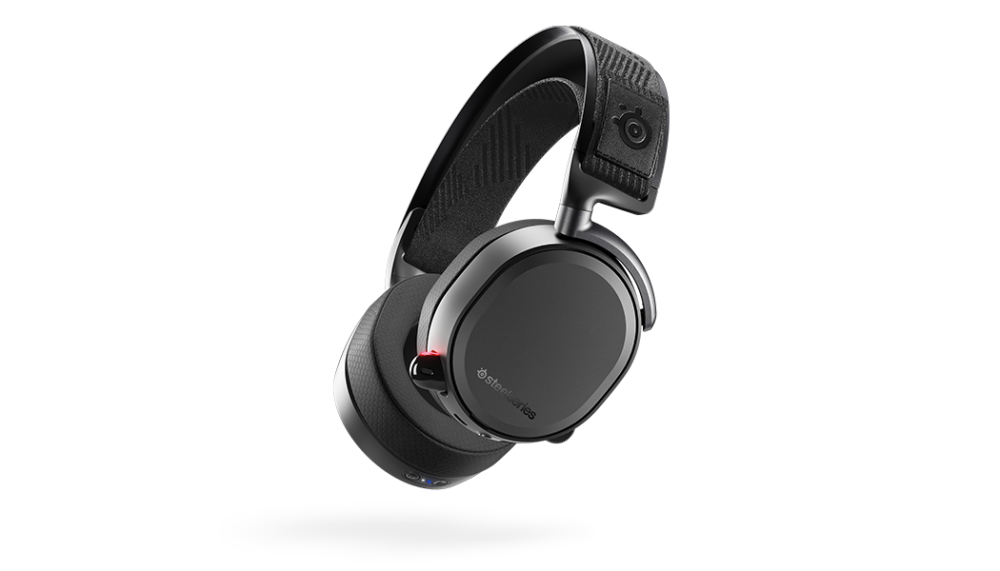
How Arctis Wireless Pro Sounds
The sound profile of the Arctis Wireless Pro is characterized by a lively, open, and accessible presentation. Bass response is present and well-defined, without being excessive. We particularly appreciated the immersive spatial audio reproduction in both games and music. Call of Duty: Warzone, like many games in the series, features excellent surround sound, and the headset delivered both immersive and precise audio, enabling accurate enemy localization on the PS4. The PC platform offers support for virtual surround sound DTS Headphone:X 2.0, providing an enhanced experience when paired with compatible audio tracks. Windows Spatial Audio games such as Gears 5, Forza Horizon 4, and Ori and the Will of the Wisps demonstrate this capability effectively.
The Arctis Pro Wireless performed admirably with a diverse range of musical genres. While perhaps not excelling in any single genre or song, it exhibited no notable deficiencies. Eva Cassidy’s rendition of Sting’s Fields of Gold was reproduced with clarity and nuance, while Alan Walker’s Faded delivered an engaging experience, albeit with a slightly hollow quality in the lower registers. These headphones prioritize clarity and fidelity over heavy bass emphasis, making sound preference an important factor.
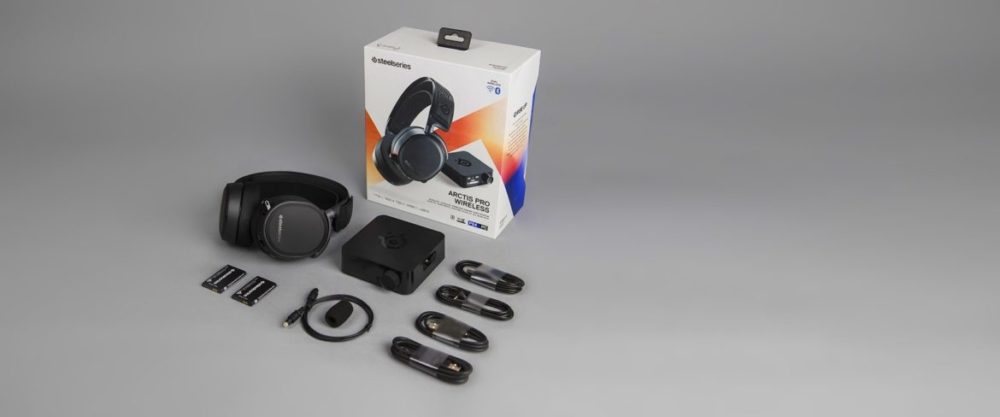
Summary
With a price point of approximately SEK 3,500, the SteelSeries Arctis Pro Wireless is positioned among the more expensive gaming headsets. Its versatility and quality are evident throughout. Similar to the Astro A50 (which shares a comparable price), it targets users who demand optimal wireless sound, build quality, and comfort, with price being a secondary consideration. The Arctis Pro Wireless offers improved comfort and ventilation compared to its rival, although the difference is subtle. The Astro A50’s charging station and 15-hour battery life are preferable to multiple 10-hour batteries, but this represents a marginal difference for typical users. The sound profiles differ between the two: the Arctis Pro Wireless provides a more open and cleaner sound, while the Astro A50 offers a warmer sound with slightly fuller bass, but less overall clarity. Both offer excellent sound quality, so the choice depends on individual sound signature preferences.
Overall, the Arctis Pro Wireless is a versatile and well-designed headset suited for gamers seeking premium performance, regardless of cost. While a high-end product for users prioritizing maximum quality over price/performance, it represents a significant investment compared to alternatives like the Arctis 7, without a proportionate increase in audio quality. However, for users seeking top-tier performance, the Arctis Pro Wireless is an excellent choice and a notable achievement for SteelSeries. A new reference product in the high-end PS4 headset market!
